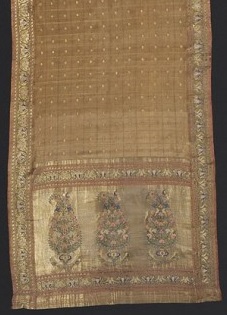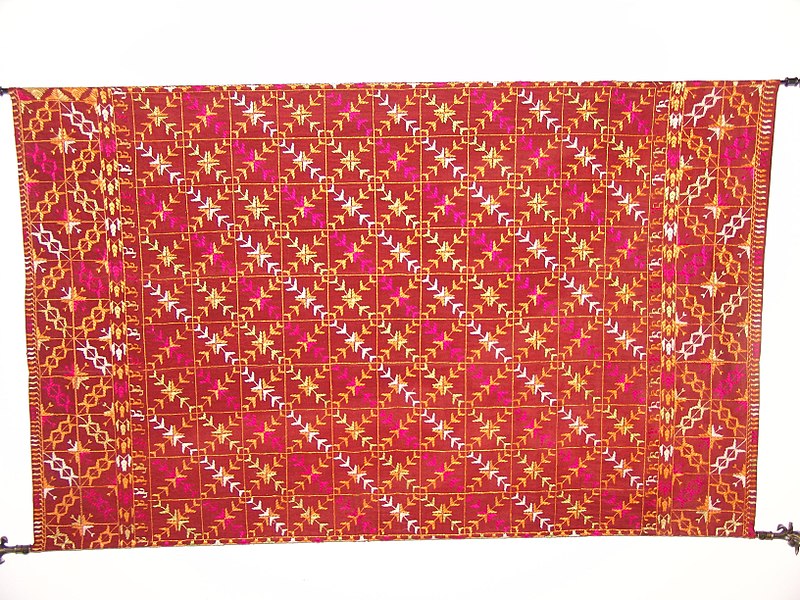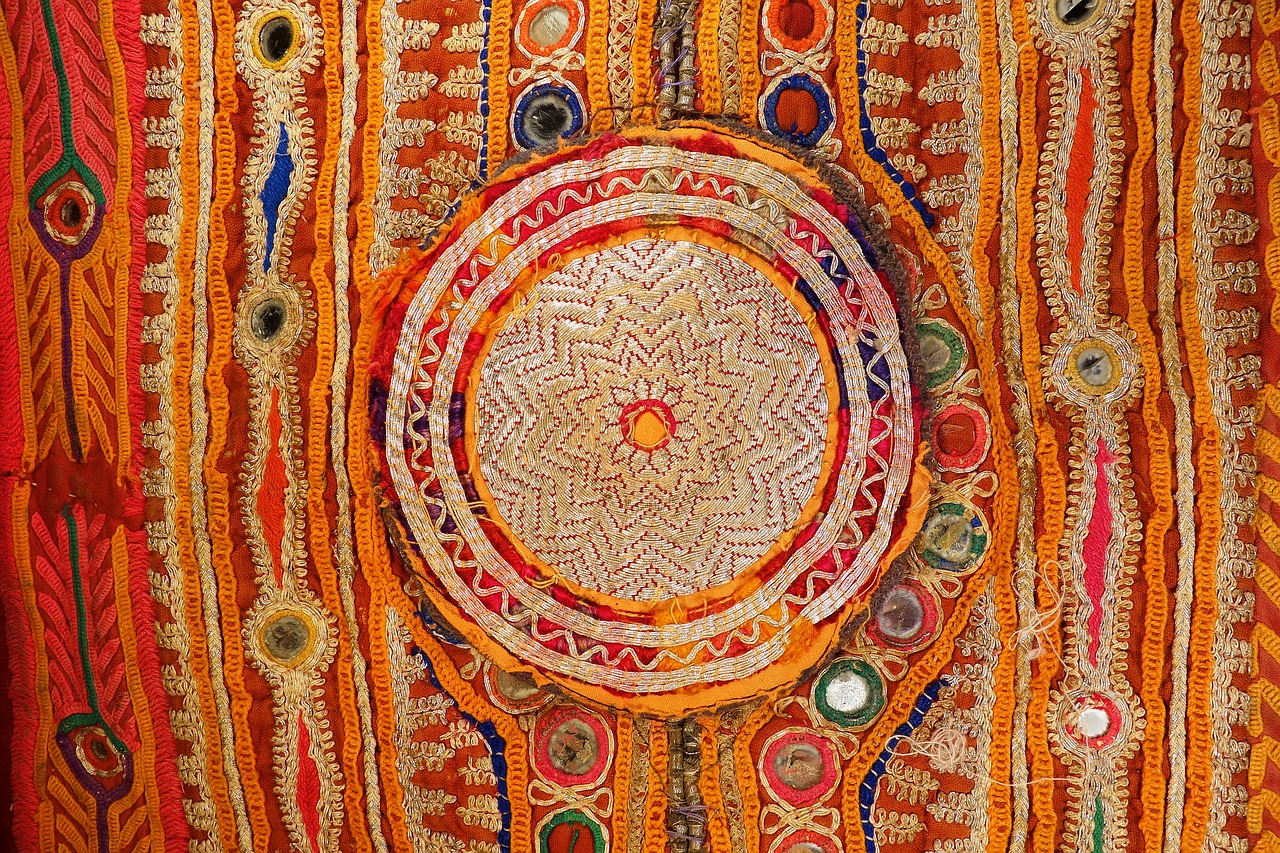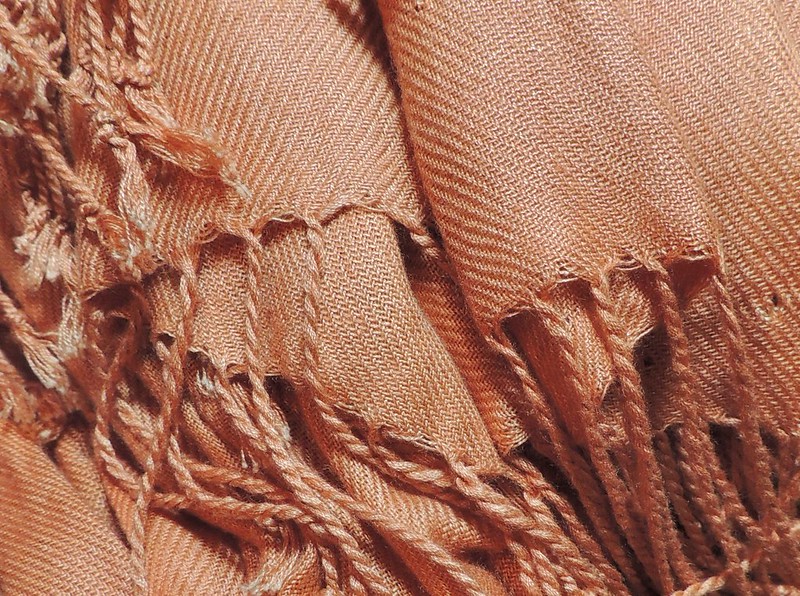India, our beautiful country is a quintessential example of Unity in Diversity. The country offers a rich variety of religions, customs, and cultures with every state possessing its own traditional identity. This diversity includes varying languages, attires, habits and lifestyles of the people.
As the local language changes after every 10-kilometer stretch, the clothing and attire of the people also vary from region to region. It is not only the outfit that varies but the fabric used in making these outfits is also eccentric to every state. In this article, we will discuss some of the most decorated fabric types in our country today including some of the ancient fabrics which occupy an indispensable position in the Indian cultural heritage.
Paithani Saree

Paithani saris from the little town of Paithan in Aurangabad, Maharashtra holds a significant place in the history and culture of the state. It is a beautifully handcrafted saree made of the finest silk in India. The saree goes through an intensive weaving process, giving it a scintillating intricate design on both sides.
Paithani Sarees are characterized on the basis of the design of their borders. The most popular designs include the Oblique Square design, the Peacock design, Plain- single-colored and spotted design. Kaleidoscope-colored designs are also created by using different colors for horizontal and vertical weaving. The town of Yeola in Nashik is the largest manufacturer of Paithani sarees in the country today which are famous all over the world.
Bandhani Fabric
The term Bandhani is derived from the Sanskrit word Bandh, which means to ‘bind’ or ‘tie’. Bandhani is a tye-dye style of textiles dating back to the Indus Valley Civilisation. The Bandhani style of weaving is mainly practiced by the Khatri community of Gujarat and also in some parts of Uttar Pradesh, Punjab and Rajasthan. Under this method, the fabric is tied tightly at different points and the knots created are dyed in eye-catching colors. Bandhani work is generally done on Sarees, Salwar Kameez, Ghaghra Choli, Kurtas, and Turbans. Bandhani outfits are very popular all over the country with their demand rising during the wedding and festive season.
Phulkari Embroidery

Phulkari is a fabric type synonymous with the culture and heritage of Punjab. Stitches of Floral motifs are embroidered on the backside of clothes so that beautiful floral designs are formed on the front side. This bright and colorful floral threadwork is usually done on light-colored clothes. There are enormous types of Phulkari designs available in our country; the major types include- Thirma, Darshan Dwar, Bawan Bagh, Satranga and Panchranga. Phulkari designs are generally patterned on Shawls, Kurtis, Chunris, and Odinis. Although Phulkari work is in high demand all over the world, reliable sources for purchasing hand-woven Phulkari fabric are hardly available today due to commercialization and mechanization of production processes.
Sheesha Embroidery

Shisha or Sheesha Embroidery was brought to India by Mughals in the 17th century. They instead of using mirror work on clothes used it in their décor. Under this art form, mirrors or reflective metals of various shapes and sizes are attached to fabrics through embroidery to enhance their overall beauty and appeal. Although mirror embroidery was patronized in the state of Rajasthan, this art form can be found on clothes in other parts of the country as well, most notably in Gujarat and Haryana. Sheesha Embroidery is used on a lot of fabrics which are then transformed into attractive suits, sarees, cushion covers, curtains, etc.

Pashmina Wool
A type of ‘Cashmere Wool’, Pashmina is a fabric with its origins in Kashmir and parts of Nepal. The word ‘Pashmina’ is derived from the Persian word ‘Pashmineh’ which means ‘made from wool’. This fine fiber wool comes from indigenous ‘Changthang’ goats found in the mountainous regions of Kashmir and Nepal.
There are two main variants of Pashmina wool- Ladakh Pashmina and Nepal Pashmina. Due to extremely cold temperatures in Ladakh and Nepal, goats develop a very soft inner coating around their skin, rendering an exceptionally fine and warm fiber, which is then hand-woven into various products like scarves, wraps and most importantly the world-famous Pashmina Shawls.
Conclusion
The above discussion focused on the most renowned fabric styles in India. Apart from the ones mentioned above, there are many other fabric types like the ‘Chanderi’ fabric from Madhya Pradesh, Sambhalpuri Saree from Odisha, Naga Silk from Nagaland, Bhagalpuri Silk from Bihar, etc. which are famous all over the globe. All these fabrics reflect the traditions and cultural legacy of our country in one way or the other and as proud citizens, it is our duty to preserve them and keep our rich heritage alive.
